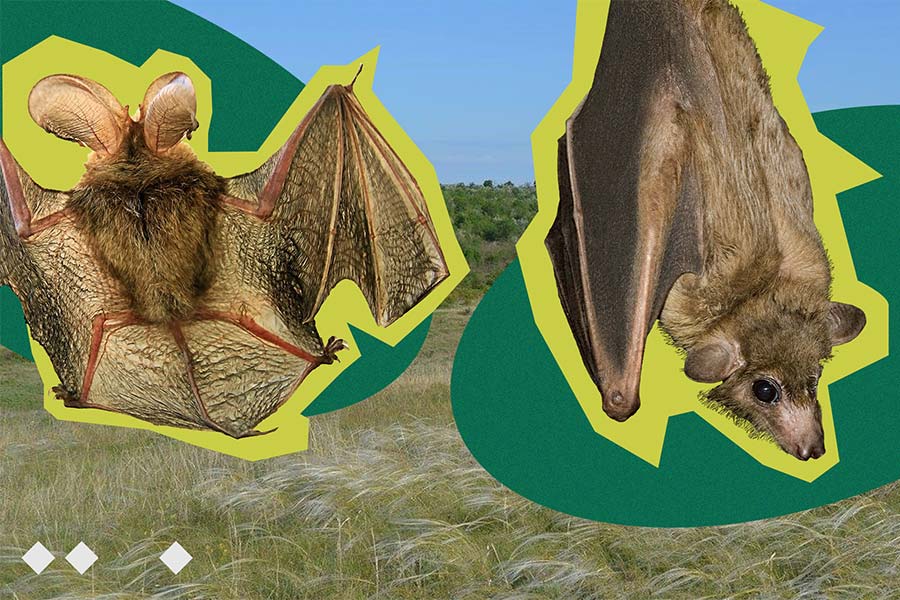Only two steppe nature reserves in Ukraine remain under Ukrainian control amid war — the Yelanets Steppe in the southern Mykolaiv region and Mykhailivska Tsilyna in the northern Sumy region. All others are either partly or fully under Russian occupation.
The Yelanets Steppe is a unique natural reserve — a place of scientific discoveries, a refuge for endangered species, and an example of how environmental initiatives can preserve nature and history.
What’s the problem?
Protecting bats’ home
Within the Yelanets Steppe Nature Reserve stands a unique building — the House of Nature. Built in 1983 in the style of houses in Ukraine’s Carpathian Mountains, the space was meant to become a research base and a scientific center hosting expeditions and children’s ecological camps.
Despite the intent, the building has stood empty for over 25 years. Without funding for major repairs and because of weather damage, it’s been slowly falling apart, though its charm and architectural beauty remain.
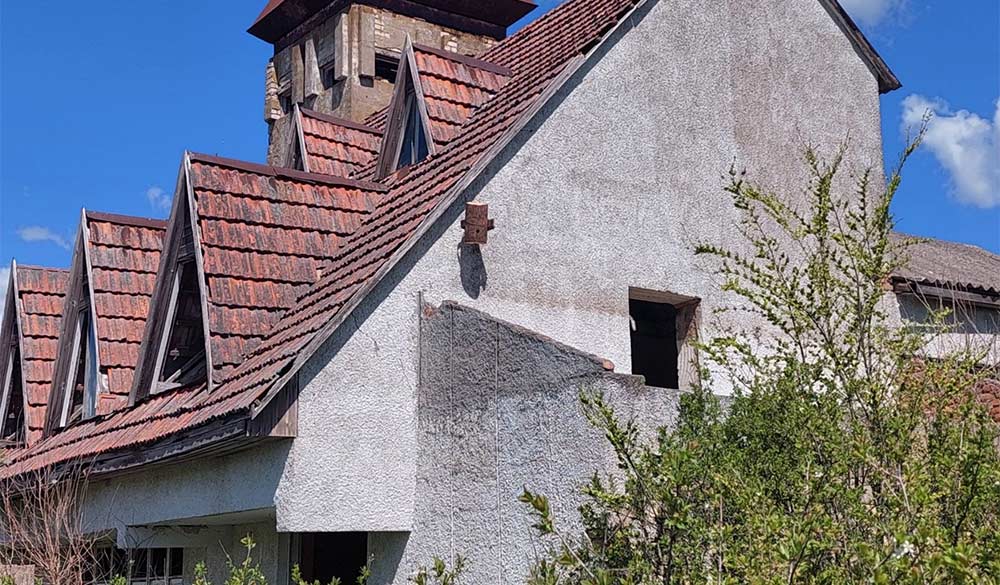 House of Nature. Photo: Yelanets Steppe Nature Reserve
House of Nature. Photo: Yelanets Steppe Nature Reserve
“This building is like a calling card for our reserve. We’ve long dreamed of restoring it to welcome tourists and scientists and to hold children’s camps here,” says Larysa Patrusheva, a researcher at the reserve and associate professor at the Department of Ecology of the Black Sea National University.
Over the years, without people, the house became home to a colony of red-listed bats. They live in the attic and narrow cracks that hold stable temperatures.
Starting reconstruction without considering the bats would mean destroying their colony. Yet delaying repairs would lead to further decay of the building. So the team faced a challenge: to provide the bats with alternative housing in advance.
“It was important to understand what species live here, how many there are, what conditions they need, and how to create alternative housing if we begin reconstruction,” Patrusheva explains.
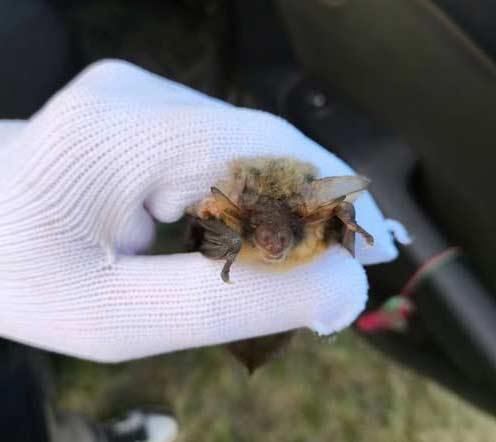 One of the new residents of the House of Nature. Photo: Yelanets Steppe Nature Reserve
One of the new residents of the House of Nature. Photo: Yelanets Steppe Nature Reserve
What’s the solution?
How to relocate bats and preserve the ecosystem
The reserve staff turned to experts for help. With support from the environmental organization Ecoaction, they invited two specialists from the Ukrainian Bat Rehabilitation Center. The experts confirmed the presence of a large colony and even discovered a new species for the reserve, the gray long-eared bat.
With grant funding, the team purchased 20 summer bat houses produced by the rehabilitation center, set up camera traps, and launched an educational campaign. They organized lectures, quizzes, and joint events with biologists for students and schoolchildren, teaching them that bats aren’t scary but beneficial, and showing how to help them, including how to properly hang bat houses (facing southwest on deciduous trees).
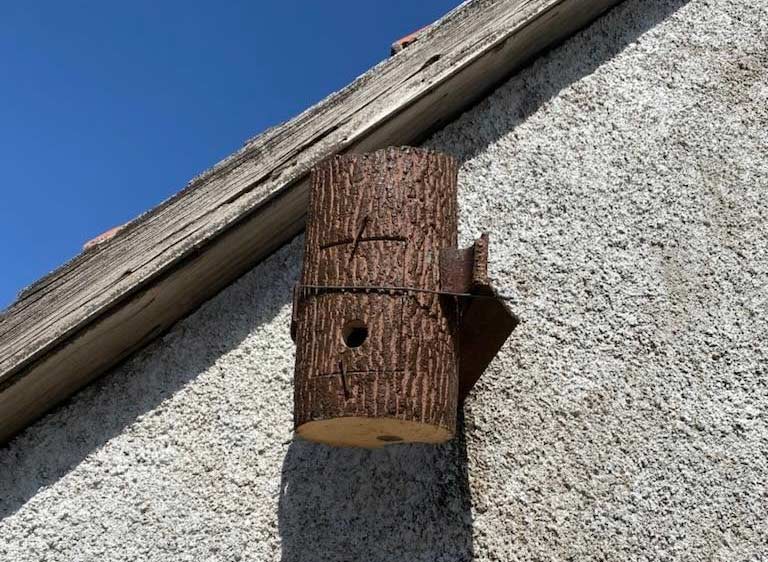
Bat house. Photo: Yelanets Steppe Nature Reserve
To attract bats to their new shelters, some bat houses were lined with bat droppings — a trick zoologists say helps the animals recognize the space as safe. The relocation is gradual: bats find the new homes on their own, guided by smell and echolocation. The reserve team doesn’t expect the bat to completely resettle in a single season — it will take several years — but they see early results.
“No one physically moved the bats — that’s impossible,” says Patrusheva. “But we created a safe alternative for them. They’ll gradually find these houses themselves. And when reconstruction begins, they’ll already know where to fly. It’s not an emergency evacuation, but a gentle relocation that takes time.”
Each bat house costs about $25, and each camera trap costs about $50. The grant also covered expert work, while other activities were funded by the reserve’s budget or partner support.
Why preserve the steppe?
Working with bats is one of many initiatives protecting this unique steppe ecosystem. But why is the steppe, a prairie-like dry grassland, so important to preserve?
People often see the steppe as empty land. They think it would be better to plow it up and grow something worthwhile. That’s a huge mistake, says researcher Larysa Patrusheva. Natural steppe vegetation performs critical functions.
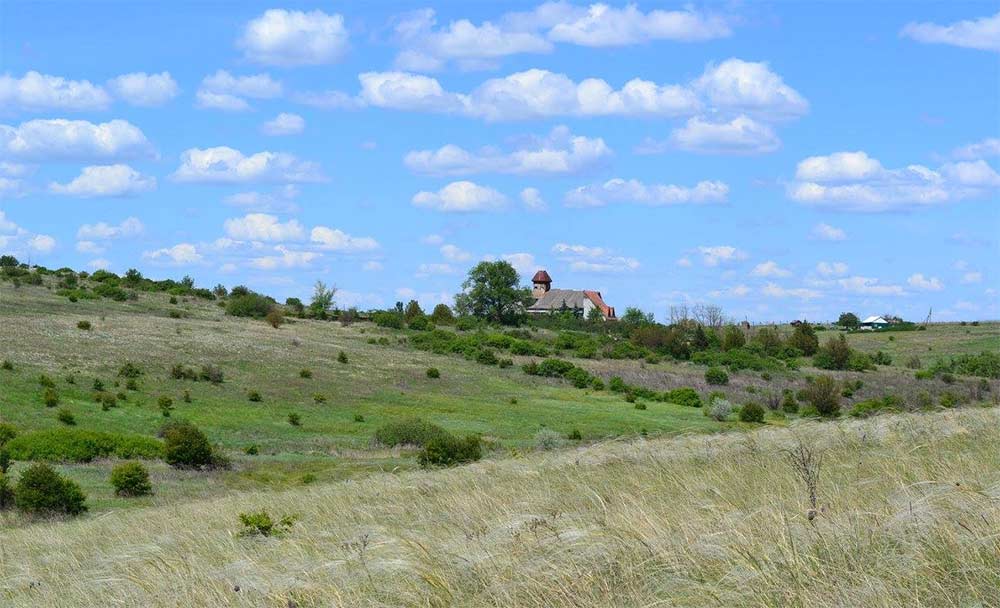
Yelanets Steppe Nature Reserve. Photo courtesy of the administration
First, it produces oxygen, just like forests do. Second, it retains water. In the untouched steppe, rainwater soaks slowly into the soil and replenishes rivers. In contrast, when the land is plowed, water runs off the slopes, washing away soil and causing floods and erosion. Both water and land fertility are lost.
“Because of climate change, the annual amount of precipitation hasn’t changed much, but rainfall has become more intense,” Patrusheva explains. “What used to fall over 30 days can now fall in 30 minutes. Without vegetation cover, water doesn’t stay in the ground. Snow used to be another water source — it melted slowly and moistened the soil, but now there’s almost no snow. That means groundwater isn’t replenished. And when the Kakhovka Dam was blown up and the water supply in Mykolaiv was destroyed, we relied on groundwater. If we deplete it, there’ll be no second chance.”
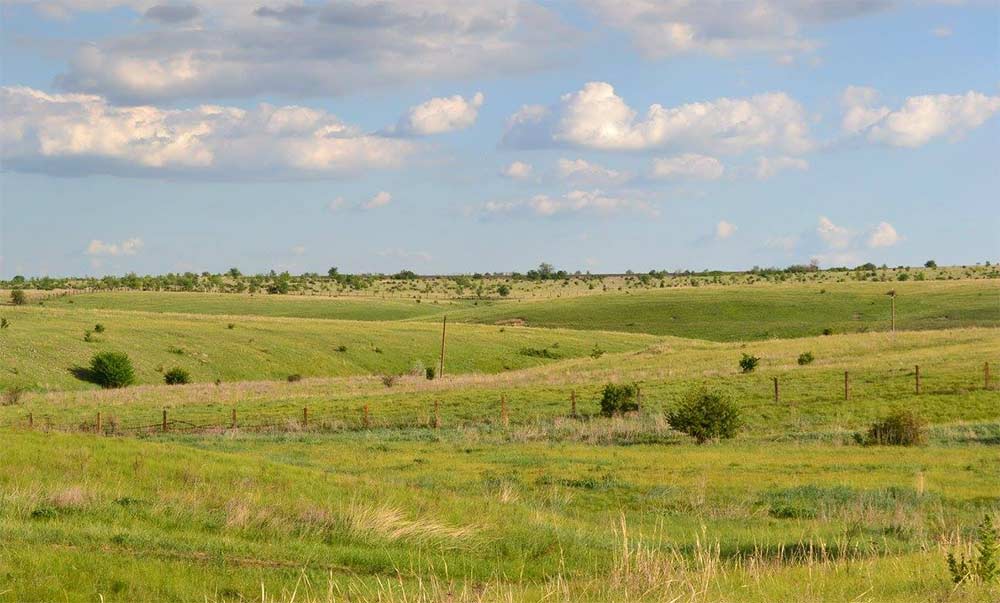
Yelanets Steppe Nature Reserve. Photo courtesy of the administration
Who lives in the Yelanets Steppe?
The reserve consists of two areas — the Yelanets and Mykhailivka research and conservation sites. They are home to endangered species such as the Caspian whipsnake, blotched snake, Nordmann’s birch mouse, long-legged buzzard, owlet moth, stone-curlew, scarce swallowtail butterfly, stag beetle, mammoth wasp, Bavius blue butterfly, and six species of bats.
One of the steppe’s attractions is its herd of bison — around 20 of them — though the number fluctuates due to age and health. They are often the reason tourists visit the reserve.
Nearby, there’s an eco-trail and routes for visitors. In spring, the steppe bursts into bloom with crocuses, feather grass, and Adonis flowers, along with other rare plants listed in Ukraine’s Red Book. 28 protected plant species grow here, which include the Scythian caragana, trailing azalea, crocus reticulatus, small pasque flower, Bug tulip, and five species of feather grass. The blooming season is short, from late April to mid-June.
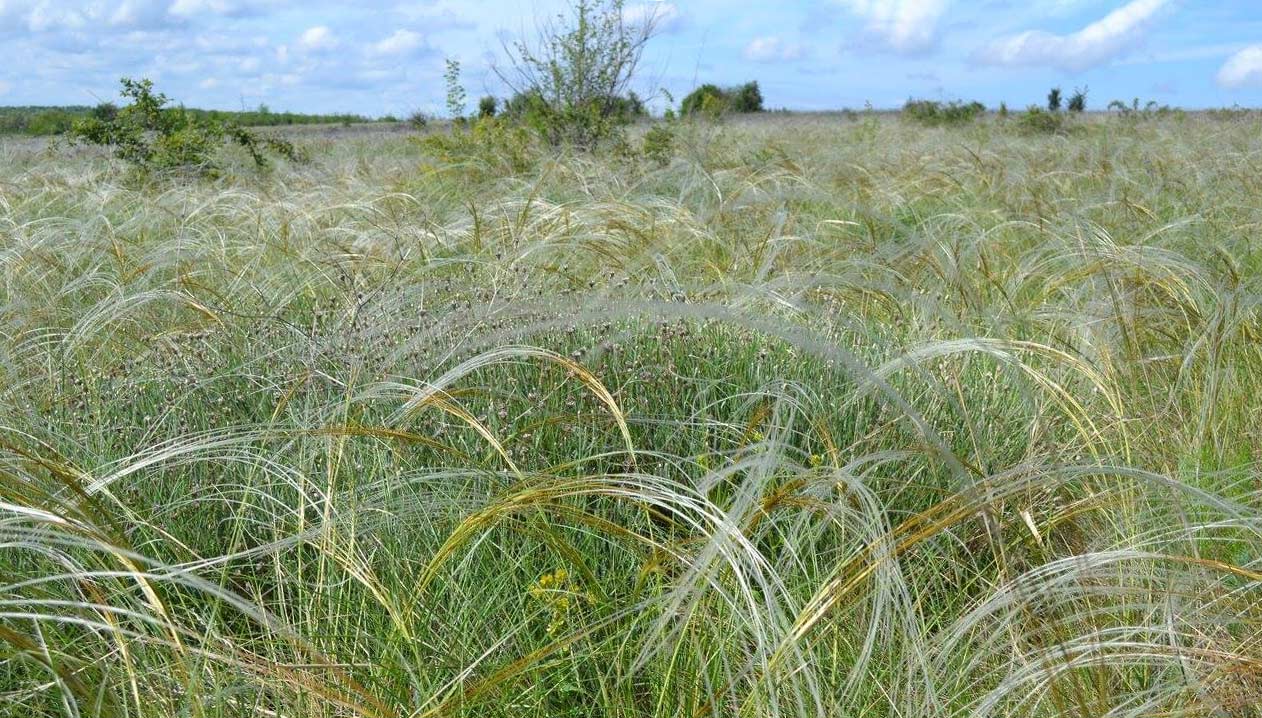
Yelanets Steppe Nature Reserve. Photo courtesy of the administration
Despite war-related hardships and lacking funding, the reserve continues its work. It protects the flora and fauna that live here, seeks investors and partners, and introduces innovative projects.
They believe that the House of Nature will one day once again become a center for science, education, and biodiversity preservation.
Author: Halyna Melnyk
Source: rubryka.com

